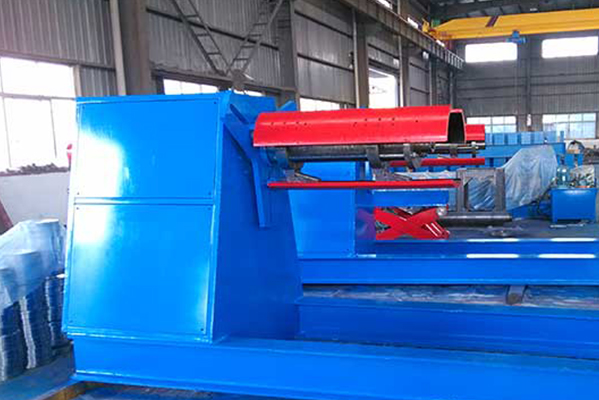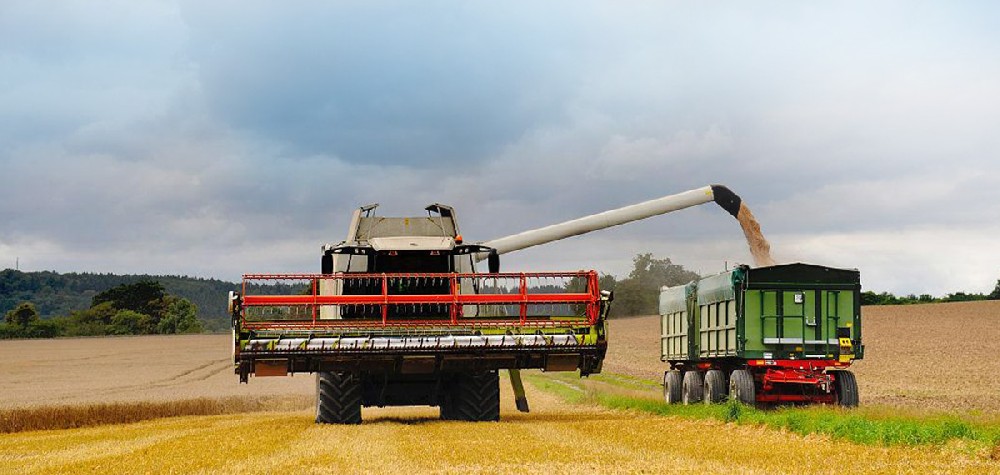Navigation Menu
Contact Us
- Email:
- info@wxavatar.com
- Address:
- Yurong Village, Yuqi Street, Huishan District, Wuxi, China.
Release Date:Jun 16, 2025 Visit:45 Source:Roll Forming Machine Factory
In the metal processing and coil handling industries, the hydraulic decoiler plays a key role in ensuring smooth material feeding and stable production. As market demands evolve, many manufacturers are exploring whether updated designs of 10 ton hydraulic decoilers could contribute to improved operational efficiency.

Focus on Structural Optimization
New designs often introduce structural improvements that aim to enhance machine stability and user convenience. For example, some updated models may feature more compact frames, which allow for easier integration into existing production lines. Additionally, advancements in hydraulic arm configurations can offer more reliable coil support and smoother expansion and contraction operations, minimizing manual adjustments during setup.
Enhanced Control Systems
Modern hydraulic decoilers tend to incorporate more responsive control systems. Upgraded hydraulic valves, automatic tension adjustment, and user-friendly interface panels are becoming more common. These improvements can help operators fine-tune the decoiling process with greater precision, which may contribute to more consistent feeding speeds and reduced downtime caused by material jams or misalignments.
Improvements in Safety Features
The inclusion of refined safety mechanisms in new hydraulic decoiler designs also supports operational efficiency. Features like automatic emergency stops, overload protection, and improved coil locking systems reduce the risk of accidents and equipment damage. This not only helps safeguard operators but also ensures more stable production without unexpected interruptions.
Potential for Higher Customization
Some new 10 ton hydraulic decoilers offer a broader range of customization options to meet different coil sizes and materials. Adjustable expansion ranges and compatibility with various coil widths enable factories to handle more diverse orders with the same equipment. This flexibility can lead to faster product changeovers and better machine utilization across different projects.

Conclusion
While the core function of hydraulic decoilers remains consistent, new design developments in the 10 ton category are introducing features that may contribute to improved operational efficiency. From structural refinements and enhanced control systems to better safety and customization capabilities, these updates can help manufacturers streamline production processes. However, selecting the right model still depends on specific production needs and the compatibility with existing machinery. Careful evaluation of design upgrades can assist businesses in making informed equipment investment decisions.